Early Saxifrage
- October 12, 2023
- 0 comment
Early Saxifrage, scientifically known as Micranthes virginiensis, is a captivating native perennial plant found primarily in North America. This charming herbaceous species is known for its early springtime presence, often heralding the arrival of the warmer months. Early Saxifrage boasts a distinctive appearance with its basal rosette of toothed, spatula-shaped leaves and slender, delicate stems crowned by clusters of small, white to pale pink flowers.

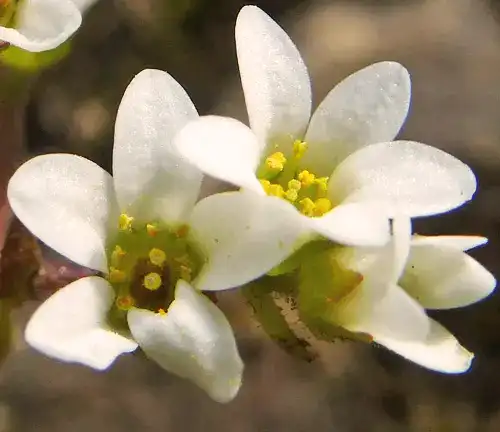
Its botanical name, Micranthes, alludes to its minute beauty, while its specific epithet, virginiensis, signifies its Virginia origins. As an adaptable and resilient wildflower, Early Saxifrage can be found in a variety of habitats, from rocky outcrops to woodland edges and damp meadows.
This plant’s dainty and unassuming beauty, coupled with its early bloom time, makes it a favorite among native plant enthusiasts and a symbol of hope and renewal as it graces the landscape after the long winter months. Early Saxifrage’s presence is a testament to the resilience and elegance of nature in North American ecosystems.
| Characteristics | Description |
| Scientific Name | Micranthes virginiensis |
| Common Name | Early Saxifrage |
| Plant Type | Perennial Herb |
| Native Range | North America |
| Habitat | Woodlands, Rocky Outcrops, Damp Meadows |
| Bloom Time | Late Winter to Early Spring |
| Flower Color | White to Pale Pink |
| Leaf Shape | Toothed, Spatula-shaped Basal Leaves |
| Plant Height | 10-30 cm (4-12 inches) |
| Stem | Slender, Leafless, with Flower Clusters at the Top |
| Adaptability | Thrives in Rocky Crevices |
| Resilience | Cold Tolerant |
| Special Features | Early Blooming, Sign of Spring |
| Botanical Name Origin | “Micranthes” for its small beauty, “virginiensis” for its Virginia origins |
Botanical Beauty of “Early Saxifrage”
Early Saxifrage (Micranthes virginiensis) is a plant that truly embodies the botanical beauty of North America’s woodlands and rocky habitats. Its delicate appearance and early spring bloom make it a cherished wildflower for both nature enthusiasts and casual observers. This article explores the captivating beauty of Early Saxifrage, shedding light on its unique features, habitat, and ecological significance.
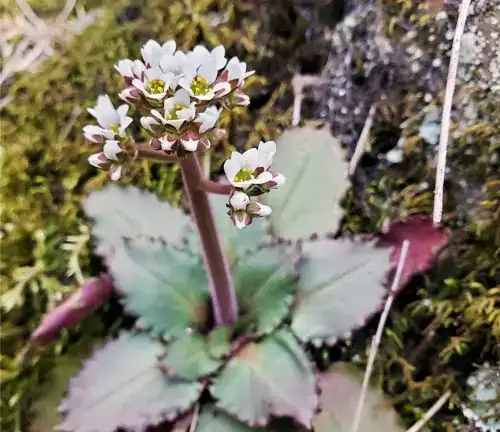
Woodland Elegance
Early Saxifrage, with its diminutive stature, adds an understated elegance to woodlands and rocky landscapes. Its basal rosette of toothed, spatula-shaped leaves provides a striking contrast against the backdrop of emerging greenery. When this unassuming wildflower bursts into bloom, slender stems carry clusters of dainty white to pale pink flowers, creating a breathtaking display. Its presence in the woodland under story brings a touch of elegance to nature’s canvas.

Ecological Importance
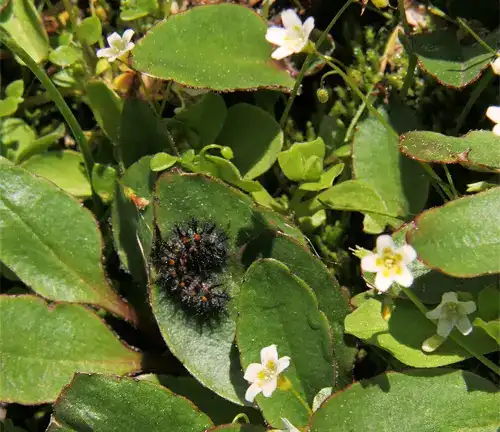
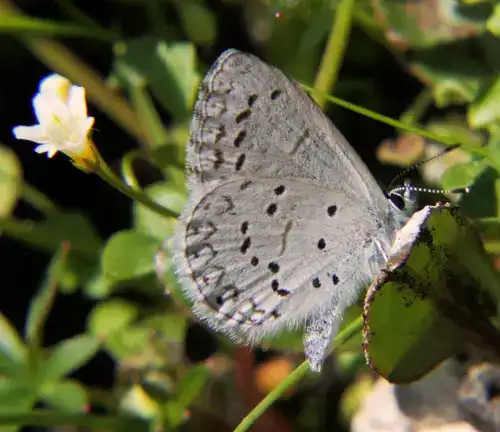
Beyond its aesthetic charm, Early Saxifrage plays a vital role in the ecosystem. It often appears as one of the first wildflowers to bloom after the winter thaw, serving as a crucial early food source for pollinators like bees and butterflies. Its nectar-rich blossoms are a lifeline for these insects, helping to kick start their activities and aiding in the pollination of other spring-flowering plants. In this way, Early Saxifrage contributes to the overall health of the ecosystem.
Cultivation and Conservation
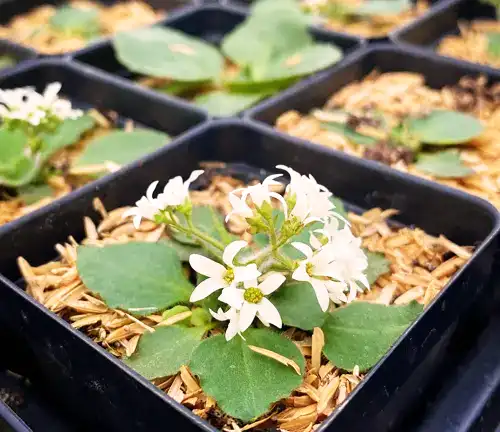
For those inspired by its beauty, Early Saxifrage can be cultivated in gardens, provided conditions mimic its natural habitat. It thrives in well-drained, slightly acidic soil and partial to full shade. However, it is important to consider conservation practices when cultivating native plants. Many species, including Early Saxifrage, face threats from habitat loss and climate change. By purchasing ethically sourced plants and avoiding wild harvesting, you can contribute to their conservation.
Fragrance
While Early Saxifrage may not be known for its fragrance, its delicate appearance is a visual delight. The sweet and subtle scent that wafts from its blossoms, combined with the sight of its dainty, five-petaled flowers, adds an extra dimension to the sensory experience of a woodland walk in early spring.
Soil Stabilization
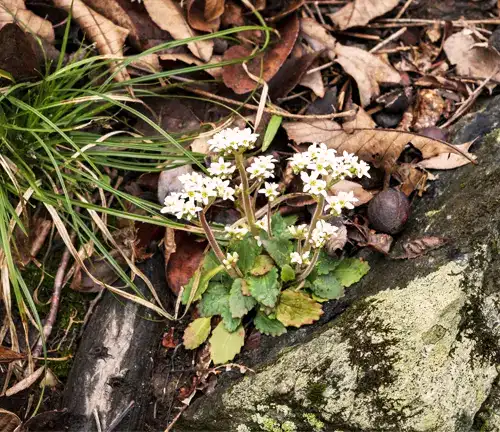
One of the hidden talents of Early Saxifrage is its role in soil stabilization. This plant’s ability to grow in rocky crevices and stabilize the soil helps prevent erosion in areas prone to shifting terrain. Its root systems reach deep into the earth, securing the substrate and offering an essential ecological service in regions with fragile soil structures.
Common Uses
Historically, indigenous peoples in North America have used Early Saxifrage for various purposes. The Cherokee tribe, for instance, employed it medicinally as a poultice for wounds and sores. It’s worth noting that any use of native plants should be done with careful consideration of conservation and cultural respect.
Benefits
The benefits of Early Saxifrage extend far beyond its aesthetic appeal. This wildflower enriches our natural landscapes, providing early nourishment to pollinators, contributing to soil stability, and offering a touch of woodland elegance to our lives. Its presence reminds us of the cyclical nature of the seasons and the resilience of life in even the harshest conditions.
Different Species
Micranthes virginiensis
(Early Saxifrage)
This is the most well-known Early Saxifrage, native to North America and characterized by its small, white to pale pink flowers.
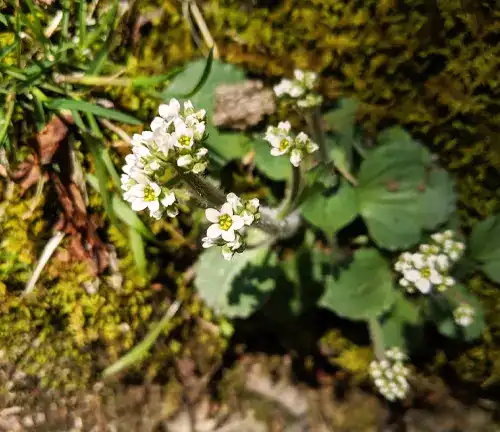
Micranthes californica
(California Saxifrage)
Found in the western United States, California Saxifrage features small, white, or pale pink flowers and thrives in rocky habitats.
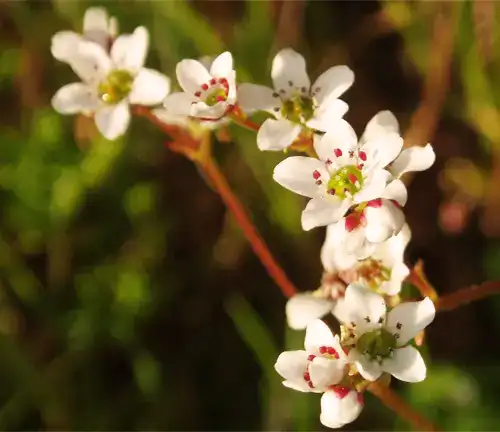
Micranthes tolmiei
(Tolmie’s Saxifrage)
Native to the western United States and Canada, this species produces clusters of small white or pink flowers and is often found in alpine and subalpine regions.
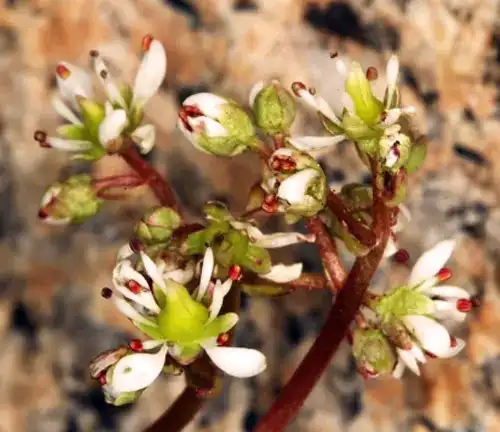
Micranthes odontoloma
(Toothedleaf Saxifrage)
Another North American species, Toothedleaf Saxifrage produces white or pink flowers and prefers habitats such as rocky cliffs and wooded slopes.
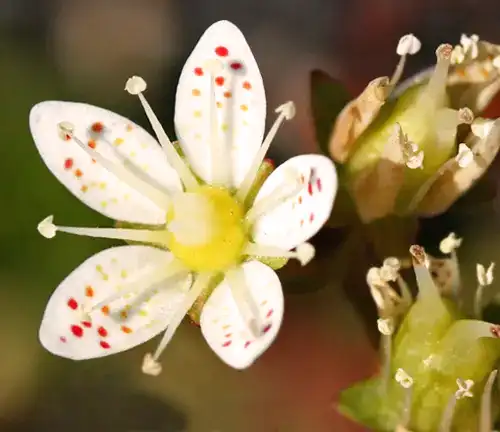
Micranthes tenuis
(Slender Saxifrage)
This Early Saxifrage species is native to the eastern United States and is characterized by its slender stems and small white flowers.
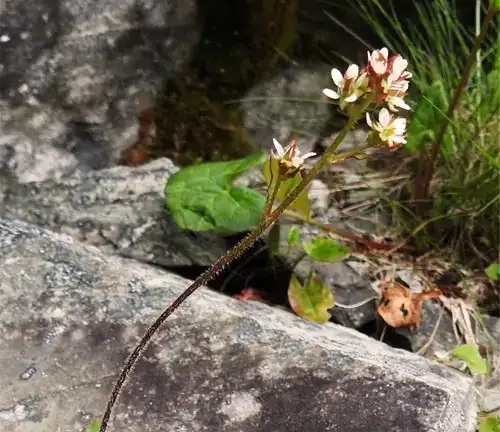
Micranthes hieraciifolia
(Hawkweed-leaved Saxifrage)
Found in North America, this species features delicate, white to pale pink flowers and is often found in rocky, woodland environments.

Micranthes rhomboidea
(Diamondleaf Saxifrage)
Native to eastern North America, Diamondleaf Saxifrage has distinctive rhomboid (diamond-shaped) leaves and produces small, white flowers.
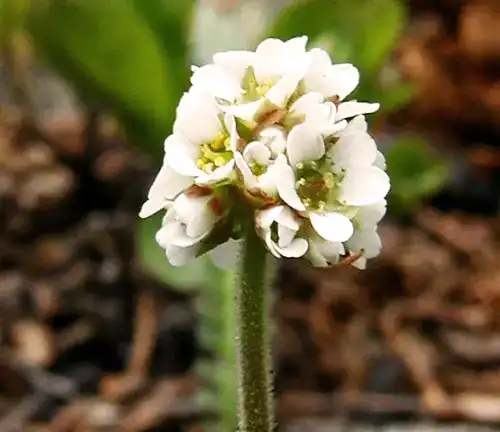
Micranthes careyana
(Carey’s Saxifrage)
This species can be found in parts of North America, producing white or pink flowers and growing in rocky and woodland settings.
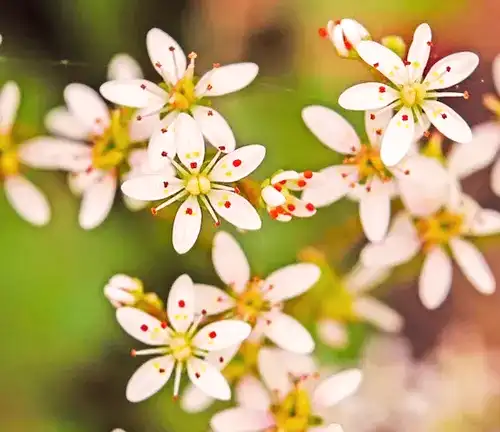
Frequently Asked Questions (FAQs)
- What is Early Saxifrage?
Early Saxifrage, scientifically known as Micranthes virginiensis, is a native North American perennial plant known for its delicate beauty and early spring blooming. - When does Early Saxifrage bloom?
Early Saxifrage typically blooms from late winter to early spring, often being one of the first wildflowers to flower after the winter season. - What do Early Saxifrage flowers look like?
The flowers of Early Saxifrage are small, usually white or pale pink, and they appear in clusters on slender stems. - Where is Early Saxifrage commonly found?
Early Saxifrage can be found in woodlands, rocky outcrops, and damp meadows, primarily in North America. - Why is Early Saxifrage significant?
This wildflower is significant for its role as an early food source for pollinators and for its ecological importance in soil stabilization and erosion prevention. - Can Early Saxifrage be grown in gardens?
Yes, Early Saxifrage can be cultivated in gardens, but it requires well-drained, slightly acidic soil and partial to full shade to mimic its natural habitat. - Are there different species of Early Saxifrage?
Yes, there are several species of Micranthes, commonly referred to as “Early Saxifrage,” each with its unique characteristics and geographical distribution. - Is Early Saxifrage used for any medicinal or cultural purposes?
Historically, indigenous peoples in North America have used Early Saxifrage for medicinal purposes, such as making poultices for wounds. However, any use of native plants should be done with respect for cultural traditions and conservation practices. - How can I contribute to the conservation of Early Saxifrage and other native plants?
Supporting ethical sourcing of native plants, avoiding wild harvesting, and engaging in conservation efforts to protect natural habitats are ways to contribute to the conservation of Early Saxifrage and other native species.






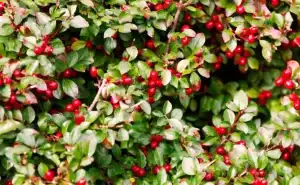
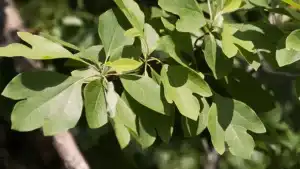
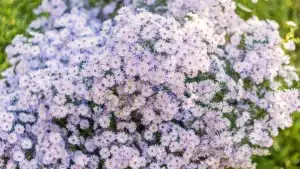
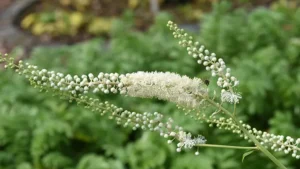




Leave your comment